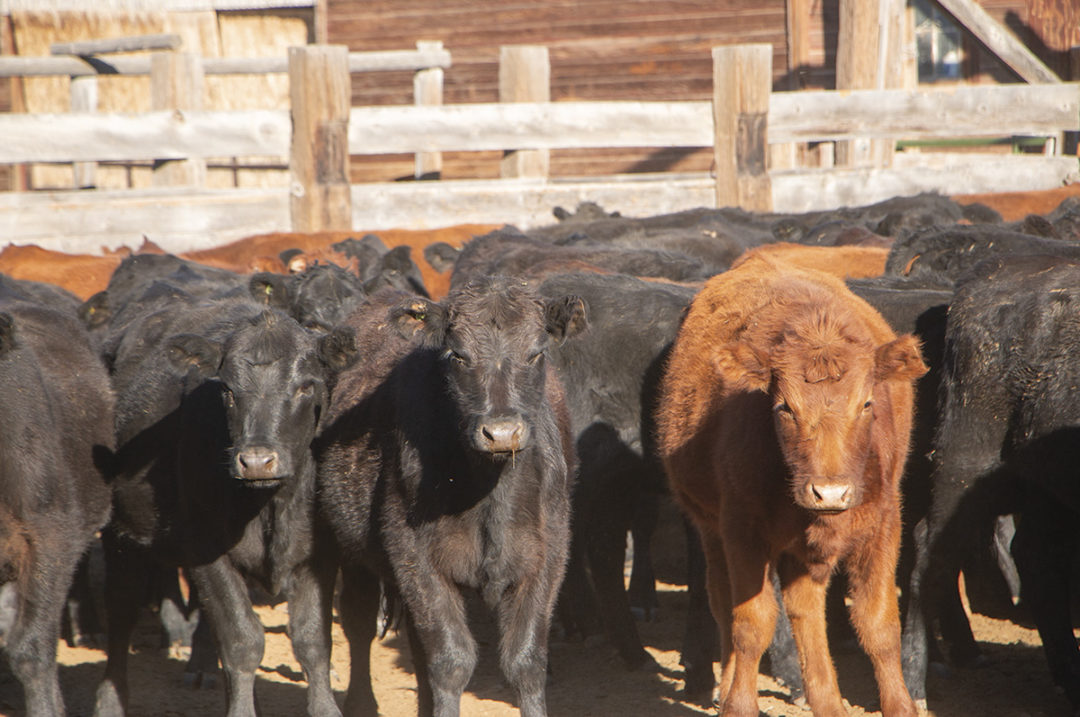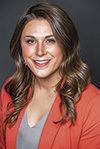With calf and feeder prices on the rise and imminent expansion of the U.S. cow herd in years to come, many producers are considering purchasing or retaining additional heifers to expand their cow-calf herds. Producers in a position to increase herd size in the coming years must keep reproductive efficiency top of mind for these herd expansions to be successful.
Reproductive efficiency relies on three key components:
- Strategic breeding season management
- Intentional selection of replacements
- A sound vaccination program for effective fetal protection
These factors will determine if you’re able to get and keep cows pregnant. It will also lay the foundation for a healthy calf from conception to weaning time, so you can continue the cow-calf cycle and meet operational expansion goals.
Optimizing the breeding season starts with nutrition
There are several advantages to tighter breeding and calving windows, including calf crop uniformity, consolidated labor and the ability to implement a more focused approach to vaccination, deworming and processing protocols. Perhaps most importantly, strategic breeding season management also allows producers to better match the nutritional needs of cattle throughout the various stages of growth, gestation and lactation.
We know that body condition scores (BCS) at both calving and breeding have huge ramifications in the cyclicity of cows and heifers, so meeting those nutritional needs will lay the foundation for breeding season success.
Setting a standard to have females at a BCS minimum of 5 (on a scale of 1 to 9) from calving to breeding will help ensure females are cycling and help you achieve higher conception rates from the get-go. I worked with Dr. Travis Allen with Advantage Veterinary based out of Nampa, Idaho, for several years. Allen always reminds his clients to look in similar types of environments when they are purchasing replacement heifers or cows from an outside source and to give them time to acclimate and thrive. He mentioned one of his clients always said it took cows three years to learn a ranch.
Be intentional when selecting replacements
Whether purchasing or retaining heifers, it’s no secret that these females are a significant investment. Some research indicates that it takes the net revenue from approximately six calves to cover the development and production costs of each replacement heifer kept on an operation. That’s why intentional selection and management of replacement females will help set them up for years of reproductive success in the cow herd.
Weight and age should be key drivers when choosing replacement heifers because these factors will determine if the replacement female will be developmentally ready for your herd’s next breeding season.
Perhaps a more exciting element of selecting replacements is the opportunities that new females can offer an expanding herd. Genetic testing has come a long way in the past decade, so each replacement heifer provides an opportunity for producers to place more emphasis on certain traits in their herd. Selecting two or three herd metrics that you want to improve or maintain – and taking those metrics into account when selecting replacements – can help propel genetic progress as the operation grows.
One piece of advice Allen shares with clients is to not select based on only one trait. A balance of traits is important when selecting bulls or replacement females. The other thing he says is to not forget about the value of hybrid vigor. The straight Angus commercial cow herds could see benefits by crossing them with another breed of bull.
Remember, herd expansion can pose a greater disease risk
Diseases circulate at a low level throughout the entire U.S. cattle herd, which is why we need to vaccinate both cows and calves every year. Less vigorous vaccination protocols can be adopted in closed herds, but when bringing in new additions during a herd expansion, greater disease challenges are more likely to occur – creating a need for more stringent biosecurity and vaccination measures.
There are some diseases you can test for upon animal arrival, such as bovine viral diarrhea virus (BVDV). Testing for this disease is highly recommended, as a BVDV outbreak can cause significantly reduced reproductive performance in a cow-calf herd.
Unfortunately, there are also several infectious diseases that may not be evident on the day of purchase and could have a herd-wide impact if left unchecked. For example, females can harbor trichomoniasis for months and be clinically undetectable.
That’s why it’s recommended to keep any purchased females (both open and bred) separate from the resident breeding herd until at least the calving season concludes. At this time, it will be important to test new calves for BVD and implement a strong reproductive vaccination program for all animals in the herd. Ideally, all new additions would be vaccinated with a modified-live vaccine when cows are open again or at least matched with the vaccination protocols of the existing herd.
Remember to work with your local veterinarian to evaluate disease risk and design vaccination protocols to protect your growing herd.



.jpg?height=auto&t=1713304395&width=285)


